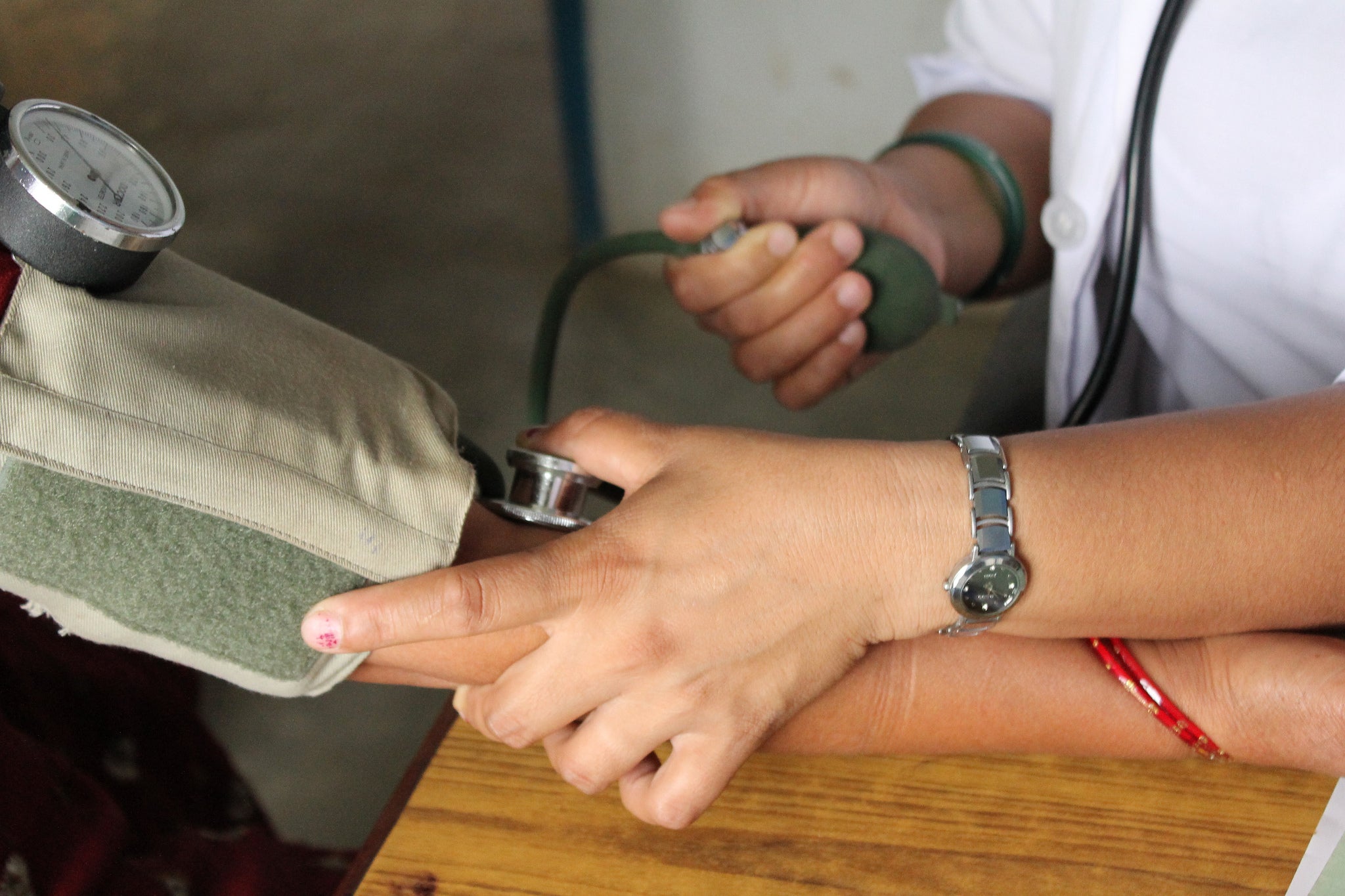Article
Shared decision-making is key to ensuring person-centered care
 Aisha Faquir/World Bank
Aisha Faquir/World Bank
Although treatment decisions are often still made solely by clinicians, the emphasis on patient participation in decision-making is growing. For example, the 2016 World Health Organization (WHO) Global Strategy on Integrated people-centered health services calls for a shift in how services are funded, managed, and delivered, and emphasizes a service delivery model of "co-production of care by individuals, communities and health workers." Yet, SDM is still a relatively new concept, and therefore requires more research to better understand the potential benefits and evidence-based methods of implementation, especially in lower-income settings.
Hauser et al reviewed controlled studies on the effect of shared decision-making on patient-relevant, disease-related outcomes. Although this review was unable to draw a final conclusive recommendation, about half of the trials reviewed indicated a positive effect of SDM on adherence or disease-related outcomes. For example, adherence to medication improved for asthma and hypertension, and disease-related outcomes such as blood pressure, depression, and self-assessed health status improved in several studies employing SDM. SDM is promoted as a critical component of the patient-provider partnership and can help improve patient satisfaction and treatment adherence, which can in turn help improve clinical outcomes. There is a need for standardization of SDM measures, as well as for more studies that specifically examine the effects of SDM on patient-relevant, disease-related outcomes. Perhaps most pressingly, implementers and policy-makers need scalable pathways for promoting the actual use of SDM processes and tools into daily practice.
This review reinforces elements of the PHCPI framework in both the service delivery and outcomes domains. SDM is a key aspect of people-centered care and it reflects the principles of patient engagement, responsiveness, and empowerment. Furthermore, the emphasis on standardization of SDM practices and studies is critical to quantifying important primary health care system outcome measures, such as responsiveness to people. As more and more emphasis is put on the content and quality of patient-provider interactions, it is important to further assess how to implement and measure shared decision-making as a core component of people-centered service delivery.
Hauser, K., Koerfer, A., Kuhr, K., Albus, C., Herzig, S., & Matthes, J. (2015). Outcome-Relevant Effects of Shared Decision Making: A Systematic Review.Deutsches Ärzteblatt International, 112(40), 665–671. http://doi.org/10.3238/arztebl.2015.0665
Hannah Ratcliffe is a Research Analyst at Ariadne Labs, a joint center between Brigham and Women’s Hospital and the Harvard T. H Chan School of Public Health.
Elisabeth Tadiri is a Primary Health Care Intern at Ariadne Labs, , a joint center between Brigham and Women’s Hospital and the Harvard T. H Chan School of Public Health.
